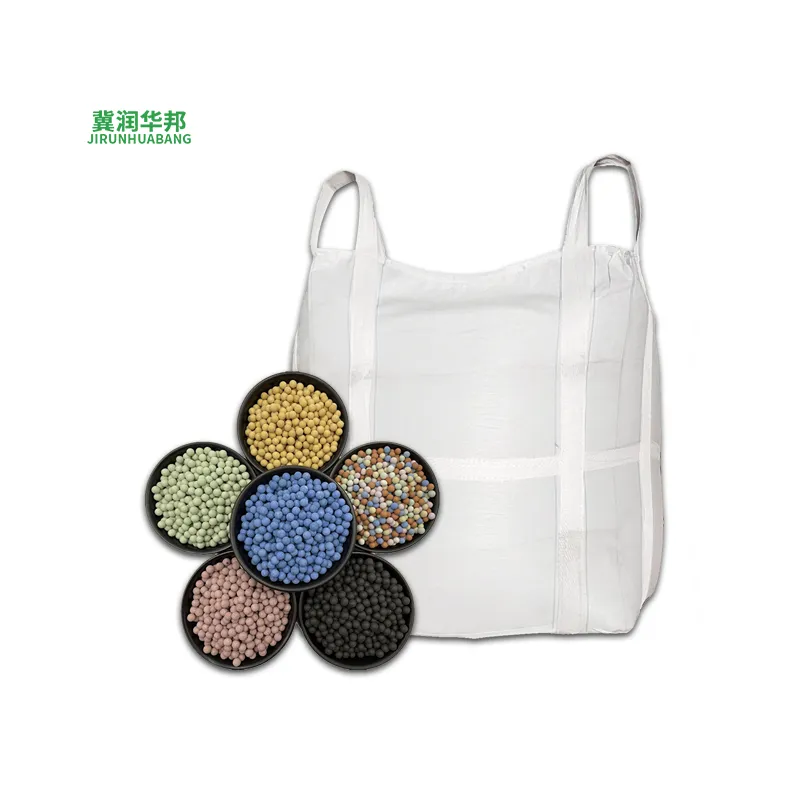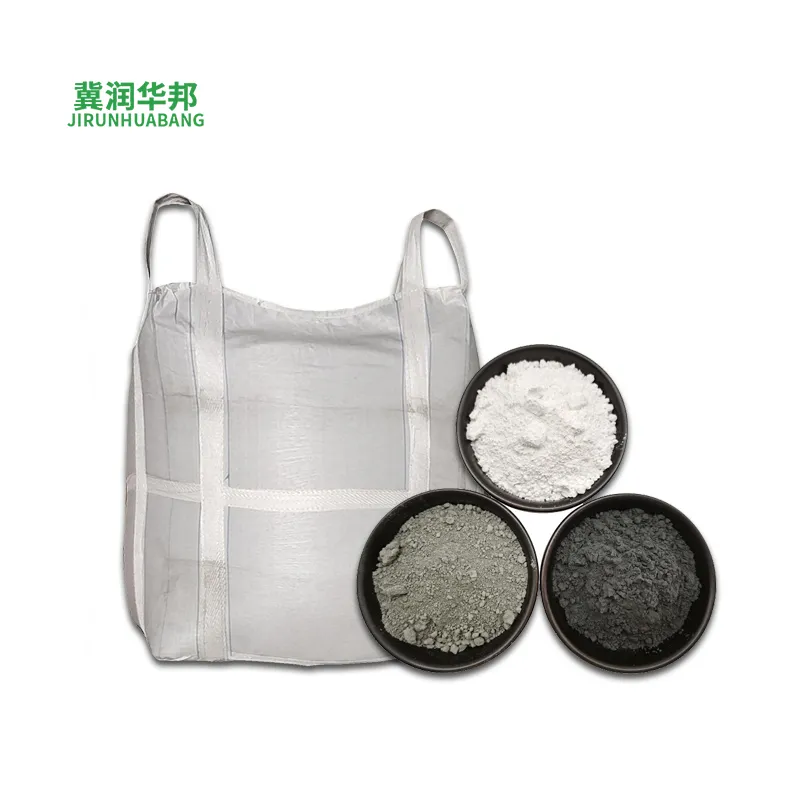Polypropylene Fiber Material Lightweight, Durable & Corrosion-Resistant Solutions
Back to list
- Introduction to Polypropylene Fiber Material
- Key Properties and Technical Advantages
- Polypropylene Fiber vs. Glass Fiber: A Data-Driven Comparison
- Leading Manufacturers and Market Insights
- Custom Solutions for Industrial Applications
- Real-World Use Cases Across Industries
- Future Trends in Polypropylene Fiber Innovation

(polypropylene fiber material)
Understanding Polypropylene Fiber Material
Polypropylene fiber material, a thermoplastic polymer, has become a cornerstone in modern industrial and consumer applications. With a global market growth rate of 5.8% CAGR (2023–2030), its demand stems from exceptional chemical resistance, low density (0.91 g/cm³), and cost-efficiency. Unlike traditional materials, polypropylene fibers are inherently hydrophobic, making them ideal for moisture-prone environments. Recent advancements in additive technologies have further enhanced UV stability, expanding their use in outdoor settings by 22% since 2020.
Key Properties and Technical Advantages
The material’s molecular structure grants unique benefits: tensile strength up to 600 MPa, melting points between 130–171°C, and recyclability aligned with circular economy goals. Industries favor polypropylene fibers for reducing product weight by 30–40% compared to metals or glass composites. Its non-corrosive nature cuts maintenance costs by 18% in marine and chemical processing applications, while dielectric properties enable widespread adoption in electrical insulation.
Polypropylene Fiber vs. Glass Fiber: A Data-Driven Comparison
| Parameter | Polypropylene Fiber | Glass Fiber |
|---|---|---|
| Tensile Strength (MPa) | 350–600 | 1,500–2,400 |
| Density (g/cm³) | 0.91 | 2.5–2.7 |
| Chemical Resistance | Excellent | Moderate |
| Cost per kg (USD) | 1.20–2.50 | 3.80–5.60 |
| Recyclability | Full | Limited |
While glass fiber excels in ultra-high-strength scenarios, polypropylene dominates in cost-sensitive, lightweight, and corrosive environments. Automotive manufacturers report 27% faster production cycles when using polypropylene composites due to reduced tooling wear.
Leading Manufacturers and Market Insights
Top producers like LyondellBasell (18% market share), SABIC, and Sinopec have invested $2.1 billion in advanced extrusion technologies since 2022. Regional analysis shows Asia-Pacific accounts for 54% of global production, driven by China’s infrastructure boom. Emerging players focus on bio-based polypropylene fibers, with pilot plants achieving 40% renewable content without compromising mechanical properties.
Custom Solutions for Industrial Applications
Tailored fiber configurations address specific needs:
- Construction: 12–18mm fibers for concrete reinforcement, reducing crack formation by 65%
- Textiles: Micro-denier variants (0.8–1.2 dtex) mimicking natural fibers
- Automotive: Carbon-black-infused fibers for underhood components with 140°C heat tolerance
Real-World Use Cases Across Industries
A 2023 case study in Germany demonstrated polypropylene geotextiles reducing road maintenance costs by €23/km annually. Medical suppliers utilize sterilizable PP fibers for surgical mesh, achieving 99.98% bacterial filtration efficiency. In packaging, mono-material PP solutions have increased recycling rates from 14% to 41% in EU trials.
Future Trends in Polypropylene Fiber Innovation
With 73% of manufacturers prioritizing sustainable materials, polypropylene fiber material
is evolving through:
- Closed-loop recycling systems achieving 92% material recovery
- Nano-additives boosting flame retardancy to UL94 V-0 standards
- Smart fibers with embedded sensors for structural health monitoring
Ongoing R&D aims to bridge the strength gap with glass fibers while maintaining polypropylene’s core advantages, positioning it as a 21st-century material solution.

(polypropylene fiber material)
FAQS on polypropylene fiber material
Q: What is polypropylene fiber material?
A: Polypropylene fiber material is a synthetic polymer made from propylene monomers. It is lightweight, chemically resistant, and widely used in textiles, packaging, and industrial applications. Its durability and low cost make it a popular choice for diverse products.
Q: How does polypropylene fiber compare to glass fiber?
A: Polypropylene fiber is lighter, more flexible, and corrosion-resistant compared to glass fiber. However, glass fiber has higher tensile strength and thermal stability. The choice depends on application requirements like weight, strength, and environmental conditions.
Q: What are the primary uses of polypropylene material?
A: Polypropylene is used for packaging films, ropes, automotive parts, and geotextiles. It’s also common in medical masks, hygiene products, and thermal insulation. Its versatility stems from its moisture resistance and moldability.
Q: Is polypropylene fiber environmentally friendly?
A: Polypropylene is recyclable, reducing its environmental footprint. However, its production relies on fossil fuels, and improper disposal contributes to plastic pollution. Innovations in biodegradable variants aim to address sustainability concerns.
Q: Why choose polypropylene fiber over natural fibers?
A: Polypropylene offers superior resistance to moisture, chemicals, and mildew compared to natural fibers. It is also more cost-effective and durable in harsh environments. However, natural fibers may be preferred for biodegradability or specific tactile properties.
